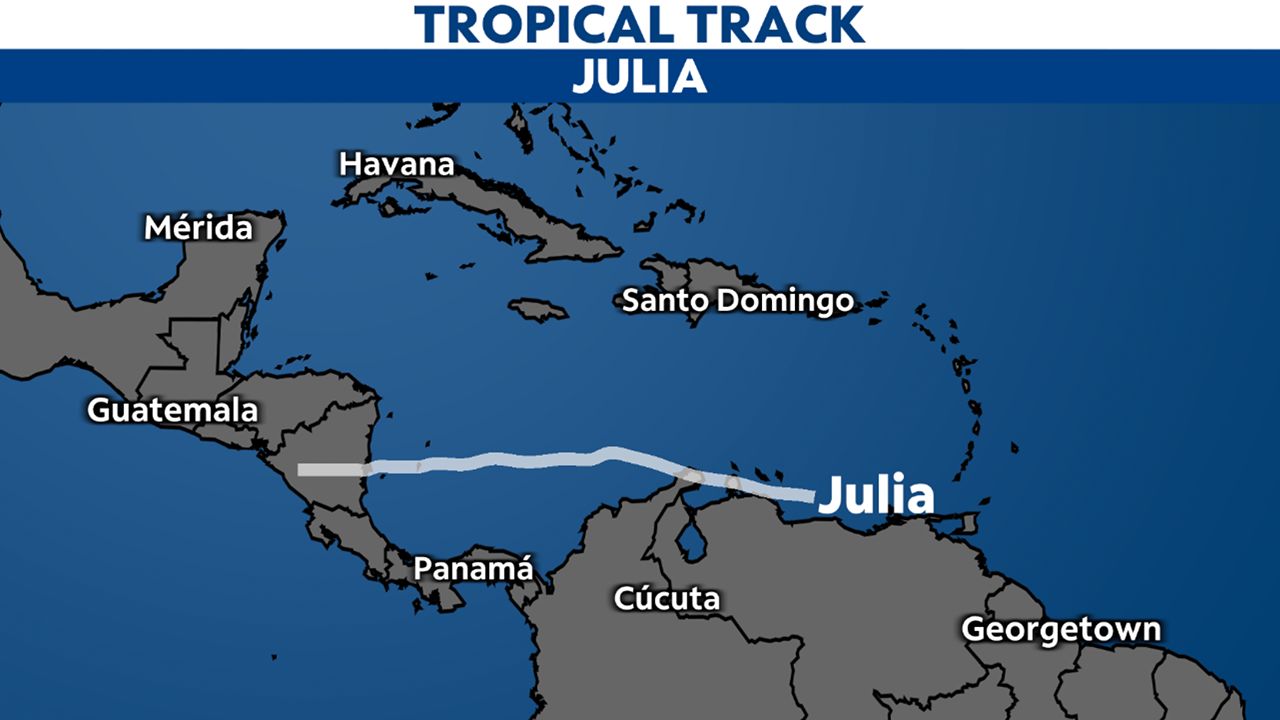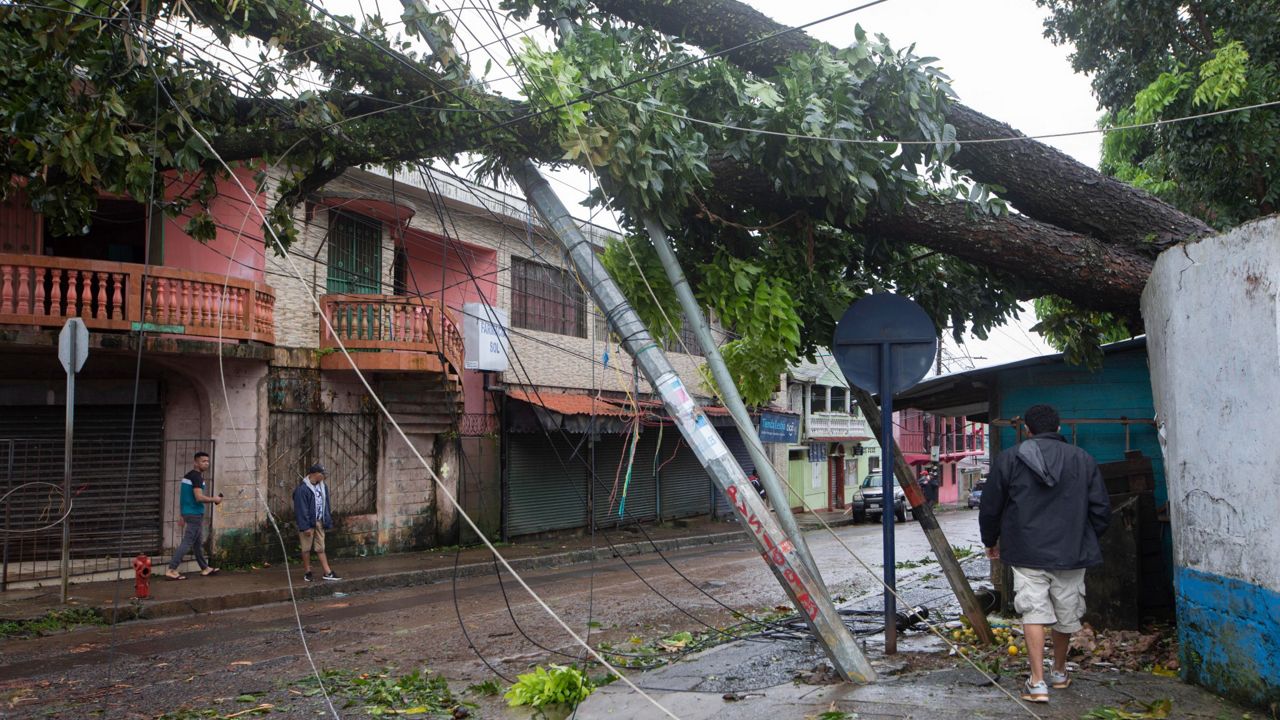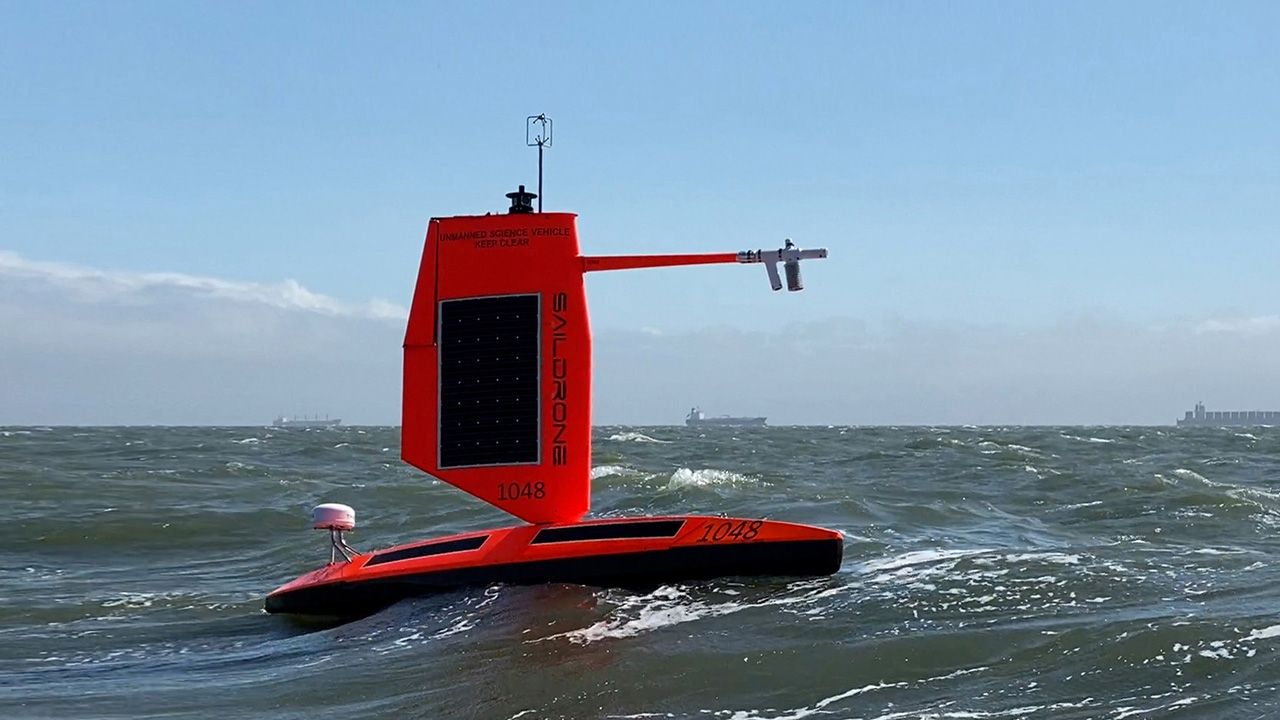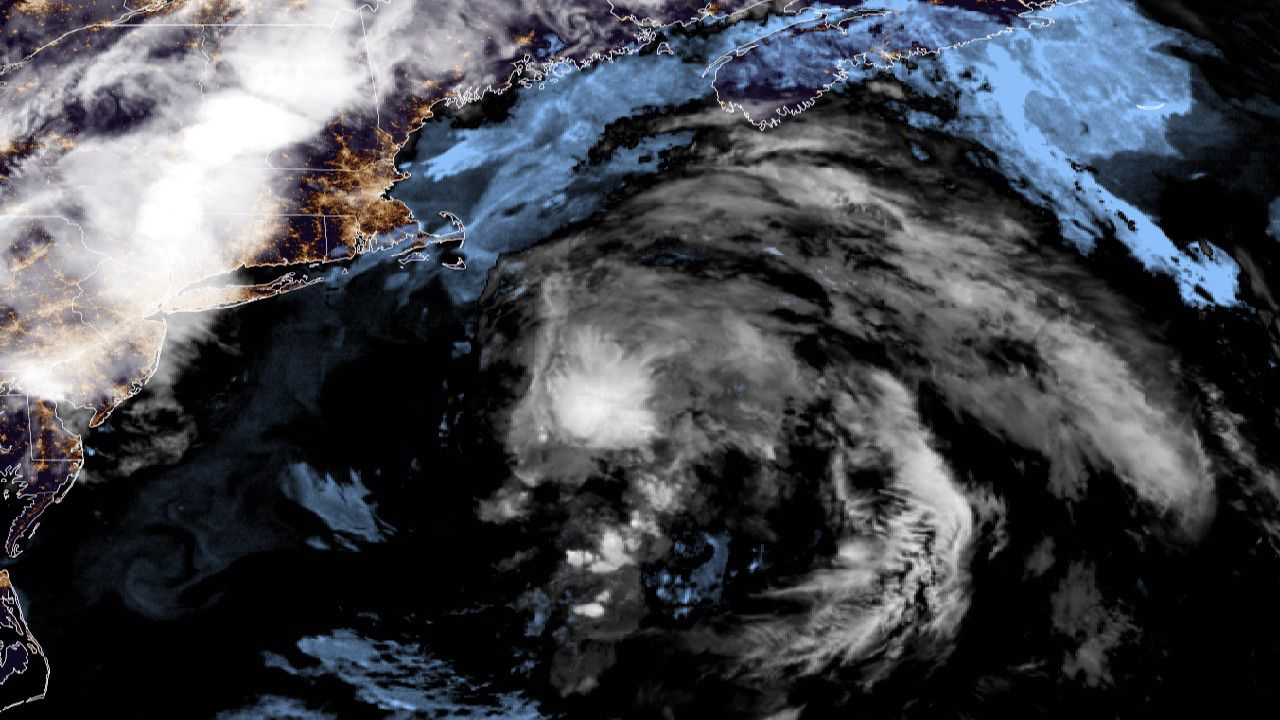Julia became the tenth named storm of the 2022 Atlantic hurricane season on Friday, Oct. 7, forming into a tropical storm in the Caribbean Sea.
Julia then moved west and strengthened in the warm waters.
It reached hurricane strength on Oct. 8, becoming a Category 1 hurricane before making landfall near Laguna de Perlas in Nicaragua early on Oct. 9.

As it tracked across the Caribbean sea, Julia brought heavy rain and gusty winds to the Windward Islands and northern parts of South America. Several inches of rain fell in many areas, leading to significant flash flooding.
In Venezuela, the heavy rain also caused landslides. Twenty-two people died and 52 went missing in Las Tejerias from a landslide.
Central America faced the same threats as Julia moved across Nicaragua. Heavy rainfall led to mudslides, flooding and water rescues. Strong winds also knocked out power for thousands.
Julia dissipated late on Oct. 10 near the Guatemala coast. However, remnant moisture from the disturbance led to heavy rainfall through Oct. 11, which brought life-threatening flash flooding and mudslides across portions of Central America and southern Mexico.
See how the 2022 Atlantic hurricane season has gone so far.








